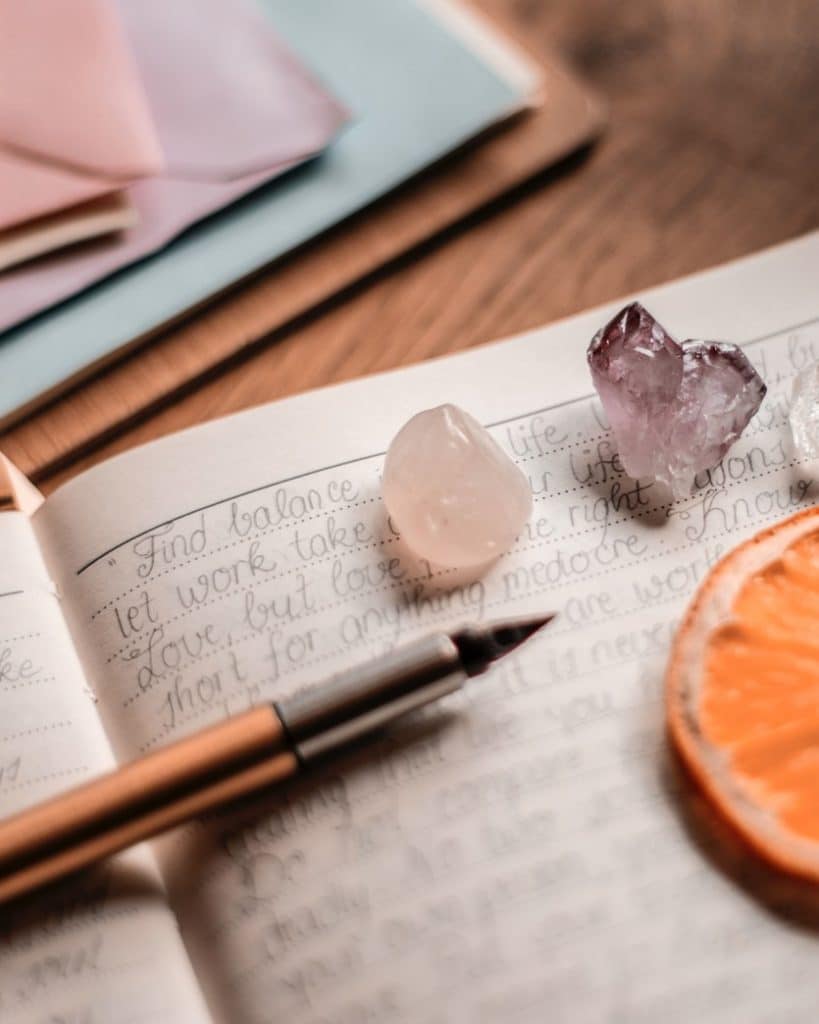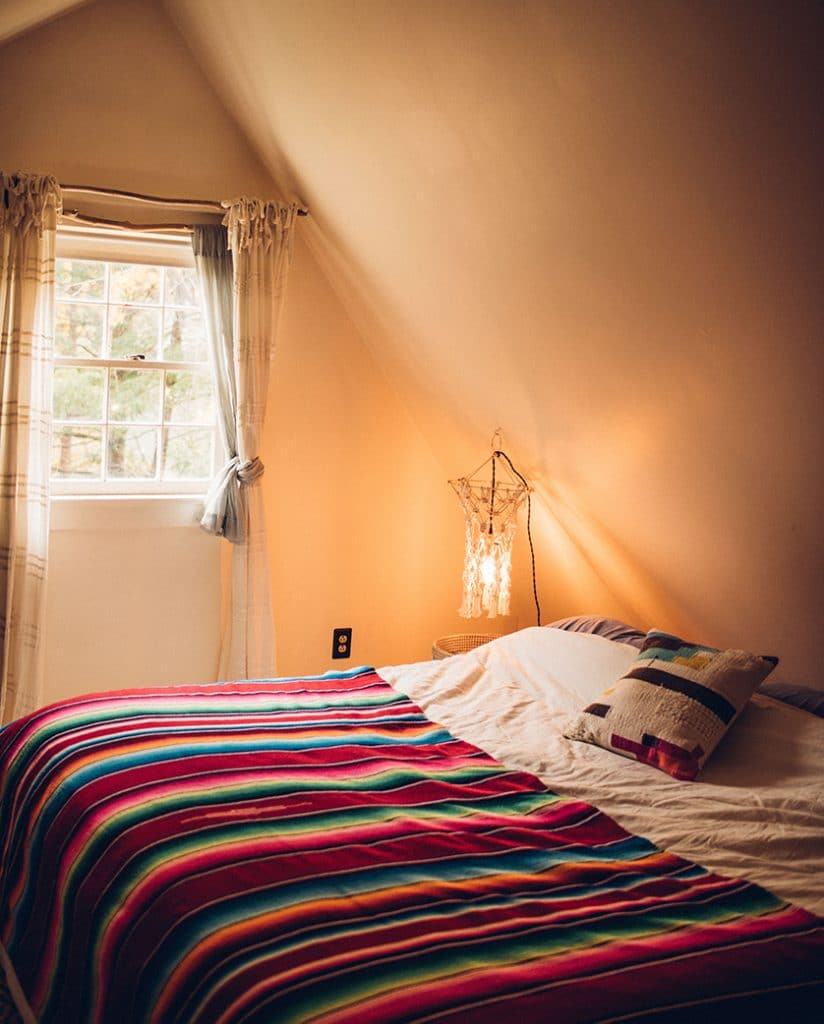If you’ve ever taken the same psychedelic drug at the same dose in two completely different environments, you have likely developed an appreciation for “set and setting.” A ubiquitous term among psychedelic communities, set and setting describes the interplay between substances, internal state, and external environment.
Maybe you’re thinking back to that one time you tripped with your best friends while camping, and it was an unforgettably positive experience. Now, cue that other time you hesitantly accepted the same drug at an overcrowded festival and impatiently wondered when the nightmare of anxiety would end.
How can two vastly different experiences possibly be catalyzed by the same drug? It’s because psychedelics have the uncanny ability to make you acutely sensitive to what is occurring both within and outside you.
What is Set and Setting?
The concept of set and setting was first introduced by Timothy Leary and his colleagues at Harvard and laid out in their 1964 psychedelic guidebook, The Psychedelic Experience: A Manual Based on the Tibetan Book of the Dead.
Set and setting respectively refer to the internal and external factors that influence your psychedelic experience. “Set” is a reflection of your inner climate—your mood, personality, beliefs, perceptions, and so on. “Setting” refers to all that’s going on outside, such as the people around you and their behaviors, the music playing, the smells and weather in the air, even the cultural forces that aren’t as readily visible.
That’s the simple definition, but much more thought has been put into the concept by researchers like Dr. Ido Hartoghson, author of the book American Trip: Set, Setting, and the Psychedelic Experience in the Twentieth Century. Hartoghson has written extensively on how broader social systems are reflected and expressed in the psychedelic experience. “Set and setting are socially constructed,” Hartoghson writes in a 2013 paper, which traced LSD in society specifically. “Different societies in different times in history would have different set-and-setting conditions which shaped the character of the LSD experience in different ways.”
How to Grow Shrooms Bundle
Take Both of Our Courses and Save $90!
This “collective set and setting,” as Haroghson describes, “is composed by the society’s character, its knowledge and attitude towards the psychedelic experience, as well as by the physical and social settings provided in that society.”
One of the more obvious cultural set-and-setting conditions that may shape one’s psychedelic experience is the social reality that they’re illegal—and in many places, highly stigmatized. It’s that feeling of going for a walk while peaking on shrooms, and a stranger engages you in conversation. You begin to feel anxiety wash over you as you avert your gaze, hoping they aren’t able to interpret your dilated pupils and stilted conversation.
How might that interaction feel different if spending a sunny Saturday on mushrooms was a legal and widely accepted thing to do?
How Does Set and Setting Work?
Set and setting are not unique to psychedelic experiences. One study, for example, described how set and setting affected an individual’s sense of religious mystique when experiencing nature in isolation. Obviously our internal state and external environment are the lenses through which we experience and process reality in any situation, but the reason set and setting are so frequently discussed with psychedelics is because these substances have a way of intensely amplifying those lenses.
“LSD’s action is thus primarily not psychotomimetic, psychotherapeutic, creative, or even spiritual—but just what it is: mind-manifesting,” Hartoghson writes in his 2013 paper. “It acts as a mirror and magnifying glass to its user’s state of mind. If the state of that mind is anxious, LSD could easily function as an anxiety-inducing drug. If it is creative, then it could equally serve as a creativity enhancer. Should it be spiritual, then spirituality will be enhanced.”
This is precisely why psychedelics seem to take on a shapeshifting quality in research, as Hartoghson points out. It’s why one study on LSD may report anxious outcomes in participants, while others with careful attention to set and setting might find their participants more at ease. Consider the design of this 2014 study, which assessed the efficacy of LSD for end-of-life anxiety in a safe, comfortable environment with the support of trained therapists; the study methodology specifically makes note of set and setting. Point being, one can only imagine how the results might change in an uncomfortable laboratory setting with no support from a mental health professional.
When talking about set and setting in research contexts, it’s also important to note which demographics are represented in these studies. For example, a 2018 review of psychedelic-assisted psychotherapy research found that 82 percent of study participants identified as non-Hispanic white. As researchers determine which set, setting, and therapeutic approaches are most supportive to individuals receiving psychedelic-assisted therapies, they also need to take in important cultural considerations that could influence both a subject’s set and setting.
How to Check on Your Set

It’s one thing to understand the importance of set in your psychedelic experience—but knowing how to gauge a “good” set is another. Sara Gael, M.A., is the harm reduction officer at the Zendo Project, a non-profit research and educational organization that provides a safe space and trained staff at events where individuals might be taking substances. She is also a study therapist of MDMA-assisted psychotherapy through the Multidisciplinary Association of Psychedelic Studies (MAPS), so we reached out to gain a better understanding of what to be extra careful of in terms of “set.”
According to Gael, one thing you might ask yourself before taking psychedelics is whether you are using them with the intent to “escape” a particular emotion or situation. “That is typically a good indication that you may want to focus on tending to your emotional and psychological health through therapy or other types of support before using psychedelics,” Gael tells DoubleBlind.
Although many turn to psychedelics in hopes of achieving a therapeutic effect, their ability to magnify certain emotional states is something to consider. Those looking to escape a difficult emotional experience in their life may turn to psychedelics only to find that it in some way backfires.
If you have the means and feel safe doing so, Gael also recommends “talking with a psychedelic-friendly therapist to get some reflection and perspective on using psychedelics.” Prior professional support is especially important if you are struggling with your mental health in any way. “It can be tempting to use psychedelics to self-medicate, but without proper psychological and emotional support in your life, this can actually exacerbate your symptom,” Gael says. “Having a good support system in place is key.”
Finding the Right Setting

The ideal setting for a psychedelic experience will vary from person to person, depending on what makes you feel comfortable, safe, and receptive. Some things to keep in mind when thinking about your setting:
- Social support: Who will and/or should be present during your experience?
- Familiarity: How easily are you made anxious by unfamiliar places, people, and experiences?
- Safety: Can you easily access medical/emotional support if needed?
- Comforts: What items, music, foods, spaces etc. do you need to feel relaxed?
Psychedelic-assisted psychotherapy environments, for example, tend to be quiet and private spaces with a couch and a few non-intrusive home-like decorations to create a natural sense of comfort and safety. Psychedelic group rituals can offer an entirely different environment, one that enlists the support of participants to “hold space” for one another. Whether you prefer a more private, individual journey or one of collective experiencing depends on your own values, needs, and social identity.
Although some prefer to experience psychedelics in solitude, it is recommended to have a trusted and sober person—called a “trip sitter”—with you in case social support is needed.
“If you choose to take psychedelics, it is strongly recommended to have a sitter,” Gael said. “Ideally, this person is familiar with the psychedelic state and is someone you can trust to be a responsible, calm grounded presence.”

Alternatively, if you plan to surround yourself with other people during the experience, Gael recommends that they be friends you already feel safe and comfortable with. Many who have taken psychedelics with people they don’t know well will say that few experiences offer a more powerful (and awkward) reminder of the complexity of human interaction.
Wherever you choose to have your experience, it is important to consider how you will tap into support if the experience becomes challenging or intense. Many people prefer to enjoy psychedelics in their home because it’s a safe, familiar, and private space. You know where all your favorite comforts are, and you may live with a loved one who can support and enhance the experience.
How to Grow Shrooms Bundle
Take Both of Our Courses and Save $90!
If you decide to adventure outside the trusted confines of your home, think about what you may need that will be more difficult to procure once the psychedelics take hold: water, snacks, phone, wallet, the company of your best friend, and any other safety essentials you might need.
Set and setting are both incredibly complex forces that determine the overall course of your experience. Any psychedelic journey that begins without reverence for these internal and external forces are at the mercy of whatever happens to emerge—physically, socially, or emotionally—throughout your experience. Although there will always be factors we cannot control, we can do our best to surround ourselves with support and compassionately tend to those inner needs before taking the plunge.
Interested in having a psychedelic experience, but don't know where to start? Get our definitive guide on trusted legal retreat centers, clinical trials, therapists, and more.
We started DoubleBlind two years ago at a time when even the largest magazines and media companies were cutting staff and going out of business. At the time we made a commitment: we will never have a paywall, we will never rely on advertisers we don’t believe in to fund our reporting, and we will always be accessible via email and social media to support people for free on their journeys with plant medicines.
To help us do this, if you feel called and can afford it, we ask you to consider becoming a monthly member and supporting our work. In exchange, you'll receive a subscription to our print magazine, monthly calls with leading psychedelic experts, access to our psychedelic community, and much more.



